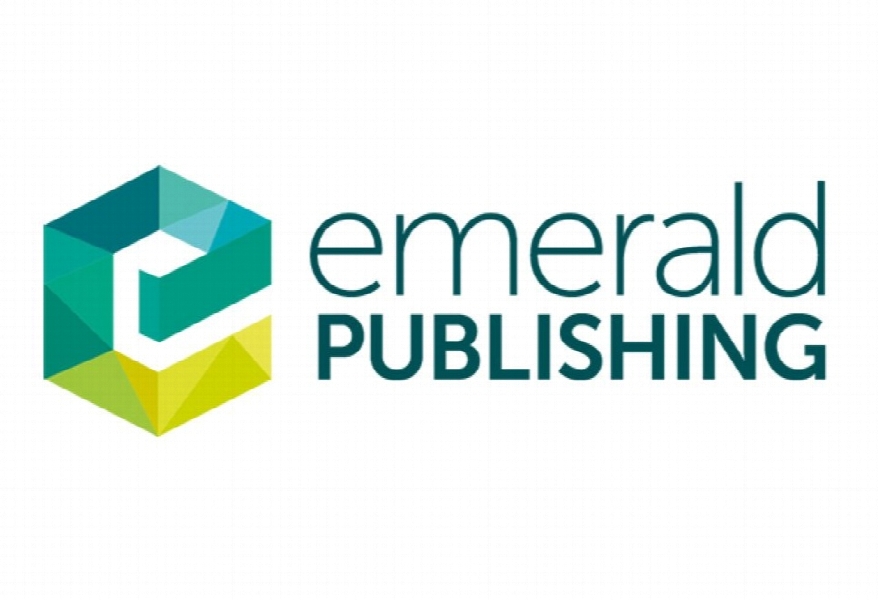تحقیقات مدیریت ارتباط با مشتری در گردشگری و مهمان پذیری Customer relationship management research in tourism and hospitality: a state-of-the-art
- نوع فایل : کتاب
- زبان : انگلیسی
- ناشر : Emerald
- چاپ و سال / کشور: 2018
توضیحات
رشته های مرتبط مدیریت، گردشگری و توریسم
گرایش های مرتبط مدیریت منابع انسانی
مجله بررسی گردشگری – Tourism Review
دانشگاه University of Wolverhampton Business School – University of Wolverhampton – UK
منتشر شده در نشریه امرالد
کلمات کلیدی انگلیسی Customer Relationship Management, Relationship Marketing, Hospitality, Tourism
گرایش های مرتبط مدیریت منابع انسانی
مجله بررسی گردشگری – Tourism Review
دانشگاه University of Wolverhampton Business School – University of Wolverhampton – UK
منتشر شده در نشریه امرالد
کلمات کلیدی انگلیسی Customer Relationship Management, Relationship Marketing, Hospitality, Tourism
Description
1. Introduction Customer relationship management (CRM) is one of the successful marketing strategies that helps organizations increase their customer satisfaction, loyalty, and retention in order to build and manage long-term relationships (Bowen and Chen, 2001; Lo and Lee, 2010). Previous research has shown that CRM has been widely and successfully adopted by hospitality and tourism (H&T) firms (Gilbert, 1996; Liu et al., 2000; Palmer et al., 2000). Additionally, scholars have studied different types of relationships within the field of CRM and the ways in which they impact and are integrated into organizations’ structures. Recently, the CRM literature has grown due to the changes in the H&T industry as well as the wants and needs of customers. The marketing, management, and information technology literature shows a number of studies that have demonstrated the evolution and state-of-the-art aspects of CRM (Boulding et al., 2005; Hennig-Thurau and Hansen, 2000; Hennig-Thurau et al., 2002; Malhotra and Kleiser, 1999; Sheth and Parvatiyar, 1995). Despite the growing interest of researchers in studying CRM, there is still very little research that focuses on evolution and state-of-the-art aspects of CRM in the H&T field. Having identified this in the field, the main purpose of this study is to assess the progress of CRM. The paper proceeds as follows. We first examined the evolution of the definition of CRM. Next, CRM studies in the literature that are related to H&T were assessed based on their timelines and themes. Thirdly, the studies were classified based on the three CRM components namely people, process and technology and CRM impacts on firms’ performances. Finally, future research topics and methods are discussed.


